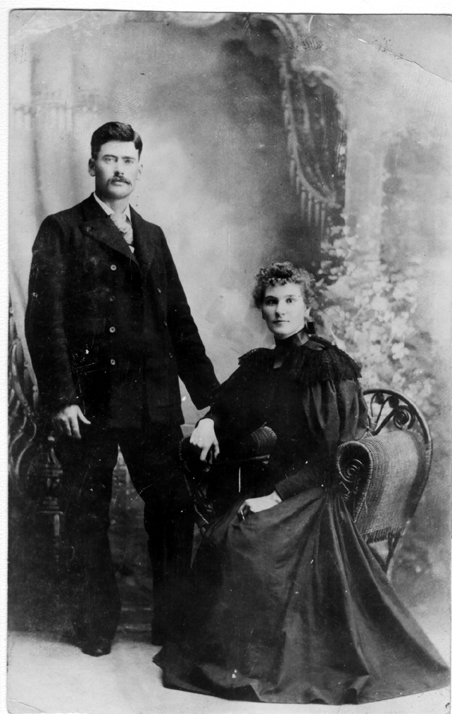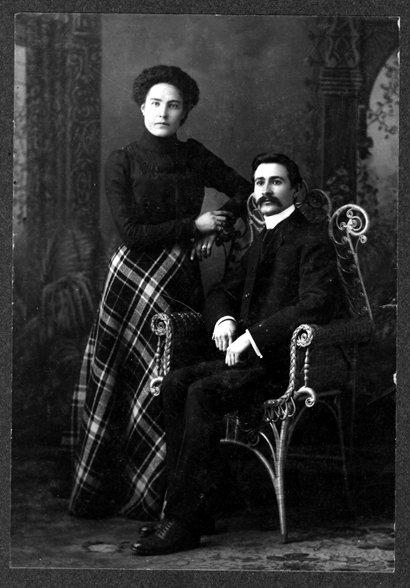| 1 | 1616 | - 1616—1620: New England infections epidemic
Affected Southern New England, British North America, especially the Wampanoag people, and killed an estimated 30% to 90% of specific populations.
Unknown source, possibly leptospirosis with Weil syndrome. Classic explanations include yellow fever, bubonic plague, influenza, smallpox, chickenpox, typhus, and syndemic infection of hepatitis B and hepatitis D
|
| 2 | 1633 | - 1633—1634: Massachusetts smallpox epidemic
Made about 1,000 victims
|
| 3 | 1634 | - 1634—1640: Wyandot people epidemic of infections
Killed between 15,000 and 25,000 Wyandot people of North America.
|
| 4 | 1637 | - 1637—1637: London plague epidemic
Bubonic plague epidemic in London and Westminster, England - Killed about 10,000 people
|
| 5 | 1665 | - 1665—1666: Great Plague of London
Bubonic plague. Killed an estimated 100,000 individuals
|
| 6 | 1668 | - 1668—1668: France plague
Bubonic plague, killed 20,000 individuals.
|
| 7 | 1677 | - 1677—1678: Boston smallpox epidemic
Smallpox epidemic that killed 750 to 1,000 residents of the Massachusetts Bay Colony, British North America
|
| 8 | 1693 | - 1693—1693: Boston yellow fever epidemic
Killed 3,000 residents of Boston, Massachussetts.
|
| 9 | 1699 | - 1699—1699: Charleston and Philadelphia yellow fever epidemic
Killed 300 in Charleston, 220 in Philadelphia.
|
| 10 | 1702 | - 1702—1702: New York City yellow fever epidemic
Killed 500 residents of New York.
- 1702—1703: St. Lawrence Valley smallpox epidemic
Killed 300 settlers of New France along the Saint-Lawrence river valley.
|
| 11 | 1713 | - 1713—1715: North America measles epidemic
Killed an unknow number of residents of the Thirteen Colonies and New France, Canada
|
| 12 | 1720 | - 1720—1722: Great Plague of Marseille
Bubonic plague - over 100,000 dead in France.
|
| 13 | 1732 | - 1732—1733: 1733 New France smallpox epidemic
An outbreak originating in Boston hit Louisbourg, on present-day Cape Breton Island in Nova Scotia. Nearly 200 people died, many of them children. The rest of New France also suffered from a smallpox epidemic during this time.
|
| 14 | 1755 | - 1755—1775: Smalpox epidemic
From 1755 to 1775, smallpox struck again. This epidemic even affected the Seven Years' War, derailing captain Vaudreuil's military plans to attack New England. Over 2,500 cases were reported in Québec City in the first two years, with a mortality rate approaching 20% of the city. The smallpox that ravaged the country during this two-year period is considered the worst smallpox epidemic in Canadian history.
Incredibly, smallpox may have been used as a biological weapon against Indigenous people in the 1760s. Correspondence uncovered between Jeffery Amherst, commander in chief of the British forces in North America and one of his colonels, discuss the tactic of giving contaminated blankets to the Indigenous. We don't know for certain that Amherst's directives were followed, but the outrage it caused in recent years was enough to see Amherst's name removed from a Montreal street. It is now called Atateken Street, meaning "brothers and sisters" in the Kanienʼkéha language.
|
| 15 | 1847 | - 1847—1848: 1847 North American typhus epidemic
Over 20,000 know victims
|
| 16 | 1852 | - 12 Feb 1852—9 Apr 1870: Napoleon III
Nephew of Napoleon I; elected as President of the French Republic in 1848, made himself Emperor of the French after a coup d'état. Captured by the German army on September 2, 1870; deposed in absentia following the proclamation of the Third Republic.[103]
|
| 17 | 1885 | - 1885—1885: 1885 Montreal smallpox epidemic
Over 3,000 deaths reported
|
| 18 | 1918 | - 1 Mar 1918—1 Apr 1920: Spanish Flu Epidemic
The worldwide Spanish Flu epidemic killed at least 17 million people worldwide.
|
| 19 | 1927 | - 1927—1927: 1927 Montreal typhoid fever epidemic
Killed 538 residents of Montreal
|




